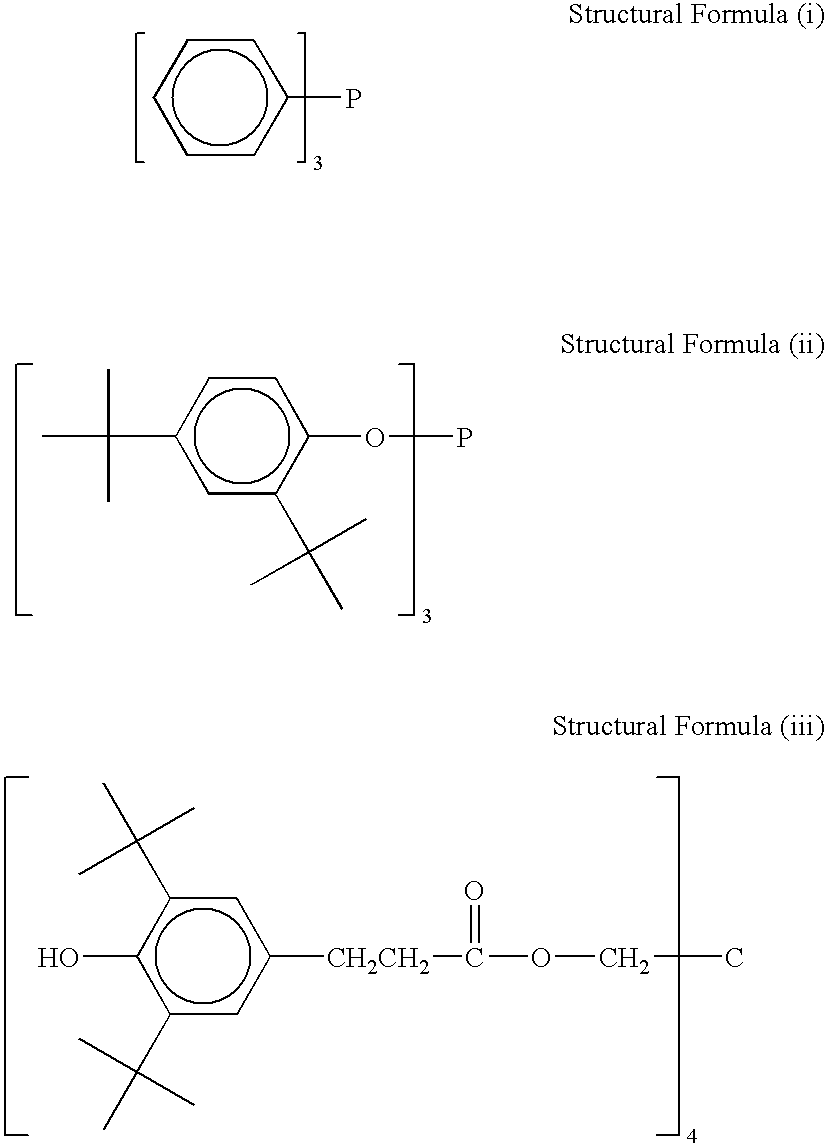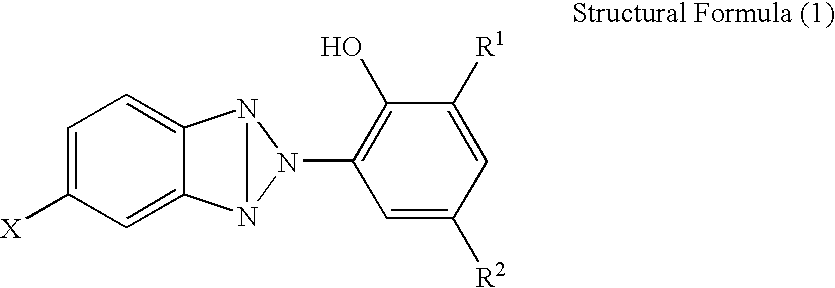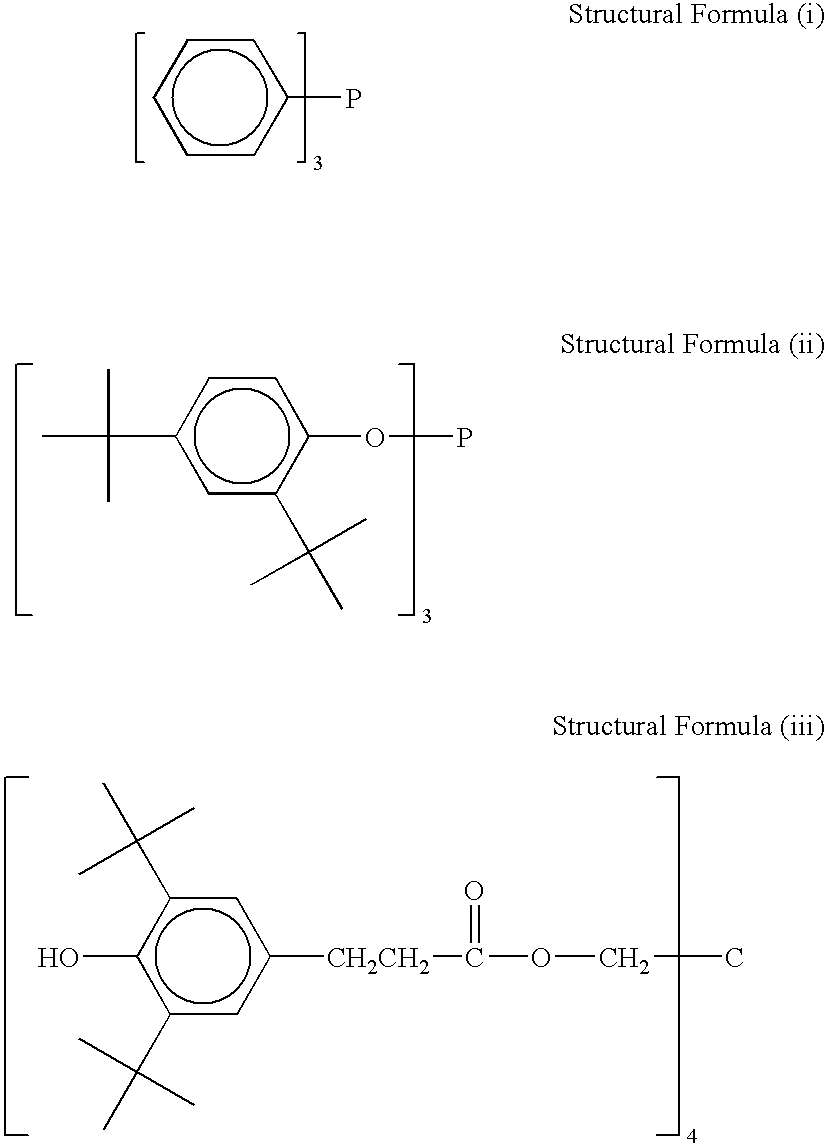Heat-sensitive pressure-sensitive adhesive and heat-sensitive adhesive material
a technology of adhesives and adhesive materials, applied in the direction of film/foil adhesives, transportation and packaging, thermography, etc., can solve the problems of difficult collection and recycling of peeled release paper, short practical level of adhesive strength to rough-surfaced adherends such as corrugated boards, and reduce the reduction of adhesive strength. , the effect of high adhesive strength
- Summary
- Abstract
- Description
- Claims
- Application Information
AI Technical Summary
Benefits of technology
Problems solved by technology
Method used
Image
Examples
examples
[0230]Hereafter, the present invention will be further described in detail referring to specific Examples and Comparative Examples, however, the present invention is not limited to the disclosed Examples.
[0231]First, respective heat-sensitive adhesive materials of Examples X-1 to X-16 and Comparative Examples X-1 to X-9 were prepared as follows.
Product Example X-1
-Preparation of Thermofusible Material Dispersion 1-
[0232]A mixture containing the following composition was dispersed by using a sand mill so that the mixture had a volume average particle diameter of 1.0 μm by using a sand mill to thereby prepare a thermofusible material dispersion 1.
[0233]
Triphenylphosphine (trade name: TPP,30 parts by massmanufactured by HOKKO CHEMICALINDUSTRY, CO., LTD.)10% by mass aqueous solution of a copolymer15 parts by massbetween vinyl alcohol and sodium allyl sulfonate(trade name: L-3266, manufactured by NipponSynthetic Chemical Industry Co., Ltd., numberaverage molecular mass: 15,000, saponific...
example x-1
-Preparation of Heat-sensitive Pressure-sensitive Adhesive Liquid 1-
[0254]A heat-sensitive pressure-sensitive adhesive liquid 1 stated below was prepared by using the thermofusible material dispersions 1 and 2.
[0255]
Methyl methacrylate-2-ethylhexyl acrylate30 parts by masscopolymer emulsion (glass transition temperature(Tg) = −65° C., non-volatile content: 50% by mass)Thermofusible material dispersion 152 parts by massThermofusible material dispersion 218 parts by mass
[0256]Next, the heat-sensitive pressure-sensitive adhesive liquid 1 was applied over a surface (back surface) of a single-sided coat paper of a basis weight of 80 g / m2 on which no recording layer was formed, so as to have a dry mass of 16 g / m2, and the applied liquid was dried to thereby prepare a heat-sensitive adhesive material of Example X-1.
example x-2
>Preparation of Heat-sensitive Adhesive Material>
[0257]A heat-sensitive adhesive material of Example X-2 was prepared in the same manner as in Example X-1, except that a heat-sensitive pressure-sensitive adhesive liquid 2 stated below was used in place of the heat-sensitive pressure-sensitive adhesive liquid 1.
-Preparation of Heat-sensitive Pressure-sensitive Adhesive Liquid 2-
[0258]A heat-sensitive pressure-sensitive adhesive liquid 2 containing the following composition was prepared by using the thermofusible material dispersions 1 and 2 in the same manner as in Example X-1.
[0259]
Methyl methacrylate-2-ethylhexyl acrylate30 parts by masscopolymer emulsion (glass transition temperature(Tg) = −65° C., non-volatile content: 50% by mass)Thermofusible material dispersion 135 parts by massThermofusible material dispersion 235 parts by mass
PUM
| Property | Measurement | Unit |
|---|---|---|
| Temperature | aaaaa | aaaaa |
| Temperature | aaaaa | aaaaa |
| Temperature | aaaaa | aaaaa |
Abstract
Description
Claims
Application Information
 Login to View More
Login to View More - R&D
- Intellectual Property
- Life Sciences
- Materials
- Tech Scout
- Unparalleled Data Quality
- Higher Quality Content
- 60% Fewer Hallucinations
Browse by: Latest US Patents, China's latest patents, Technical Efficacy Thesaurus, Application Domain, Technology Topic, Popular Technical Reports.
© 2025 PatSnap. All rights reserved.Legal|Privacy policy|Modern Slavery Act Transparency Statement|Sitemap|About US| Contact US: help@patsnap.com



